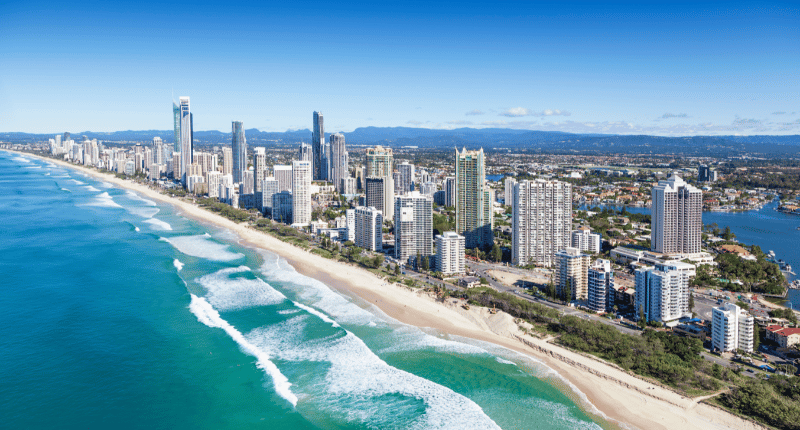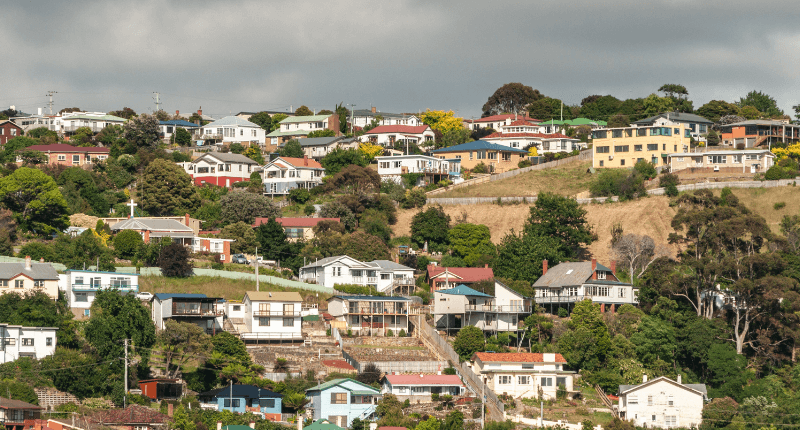- House values still increasing despite a recent slowdown
- REINSW CEO noted a "push and pull" effect
- Market may remain quieter until the election, he suggested
The CEO of the leading property industry body in New South Wales has noted that despite a slowdown in the housing market, Sydney house values are still increasing, amid an ever-tightening supply
“There’s a bit of a push and pull effect among some of the variables which influence prices but the underlying strength of demand should continue to steady the ship,” said Tim McKibbin, CEO of the Real Estate Institute of New South Wales (REINSW).
Volumes have been down due to the ANZAC Day and Easter long weekends, with a good chance this could extend until the election. Mr McKibbin believes clearance rates have softened as buyers feel empowered to “take their time” before making an offer.
“The slightly subdued number of transactions means a return to price growth is unlikely in the immediate term, but it would be inaccurate to say the market has slowed down.”
He noted that the unit market is one to watch over the coming weeks and months.
While houses are still recording stronger value growth in comparison to units, the pace of quarterly growth for houses has deaccelerated at a faster rate.
“This could be interpreted as relative stability in the unit market, particularly for well located properties with access to infrastructure, jobs and amenity.”
Sydney
SQM Research data shows how much growth has stabilished during the past few months. Houses and units have declined by 0.5% in asking prices during the past month. Despite this, asking prices are still up by 12% during the past year and 6% over the past 10 years.
Rising construction costs
Mr McKibbin noticed that rising residential costs must be factored in when assessing house prices, as this is affecting the development community.
In the year to March, constructions costs were up by 9% according to CoreLogic. This is the highest annual growth rate on record, excluding when the GST was introduced.
“These variables all impact price but they also impact the supply shortage which we know is compounding,” noted Mr McKibbin.
“Each year, in New South Wales we fail to build enough new homes to satisfy demand when population growth is taken into account.”
“We knew housing affordability would be front and centre this election but perhaps both parties have underestimated the extent to which the issue resonates with the community.
“In New South Wales, until the compounding shortfall in supply is addressed in a tangible way, the affordability issue will continue to stagnate.”
He also noted that despite the slowdown, the NSW government’s coffers continue to be bolstered by stamp duty, with $1.2 billion during March alone.








